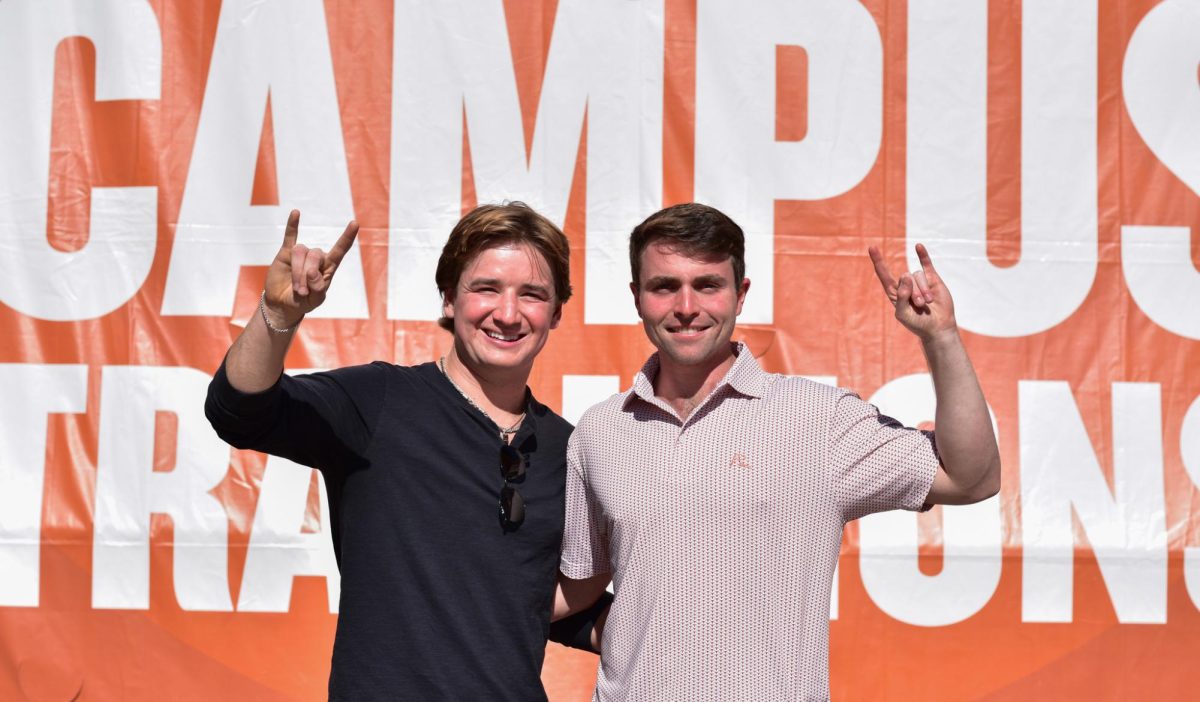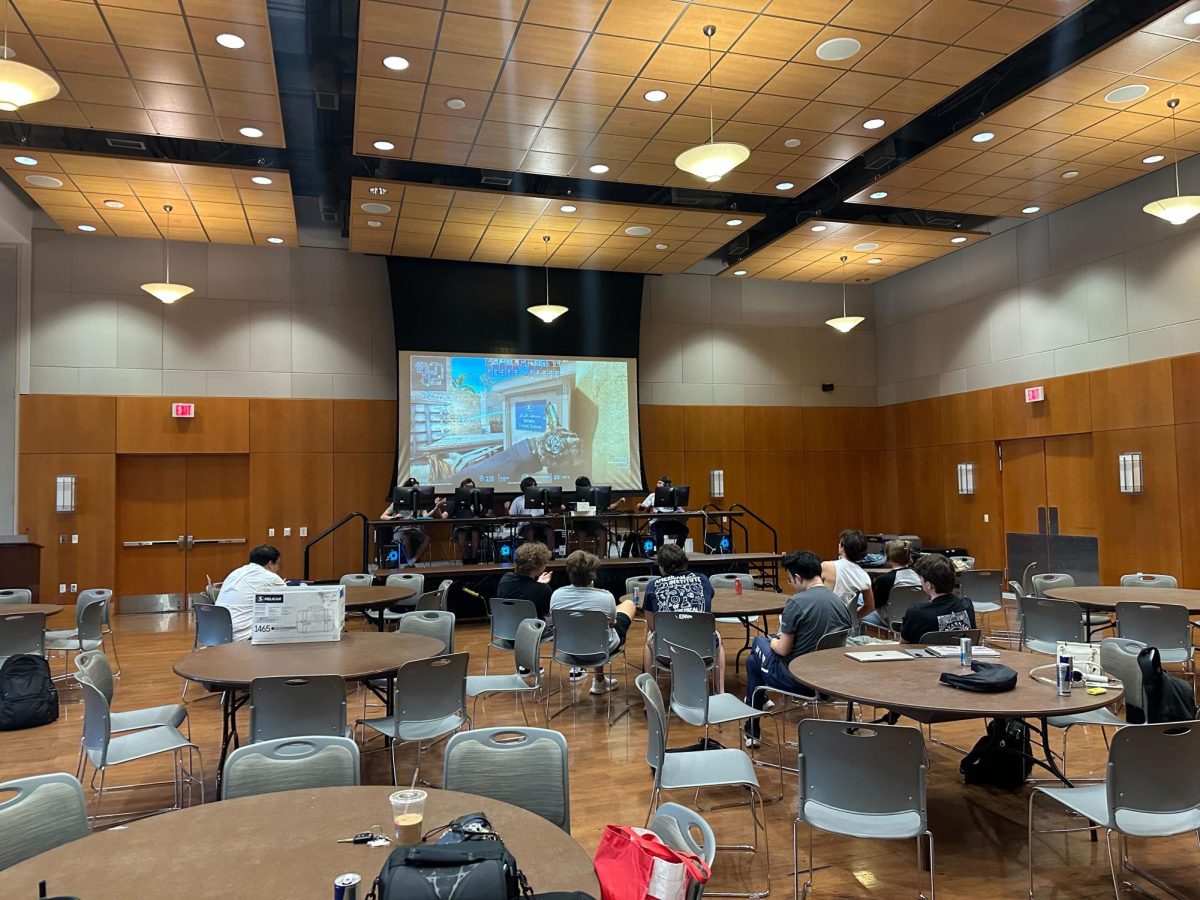Trying to understand why changes occur in organizations, communities or lifestyles often begs the question, “Why do changes sometimes not occur?” Why was the arrest of Rosa Parks the catalyst for the Montgomery Bus Boycott, and not any of the similar arrests that occurred that year? How was advertising mogul Claude Hopkins able to make his toothpaste Pepsodent at a time when only 7 percent of Americans were brushing and other toothpaste brands were failing?
In “The Power of Habit,” author Charles Duhigg claims that the science of habit formation is behind the differences between success and failure in all of these scenarios. We are often unable to change when we want to, he claims, because of the way our habits impact everything we do. We are often unaware of why our habits form, yet they form the fabric of our lives.
According to Duhigg, in order to change, people, organizations and communities have to understand their habits and then make a concerted effort to replace old routines with new ones.
Habits help us get through the day. In one sense they free us, because without them we would be so preoccupied with the minutia of everyday life that it would be difficult to get anything done. Every time you drive a car it would be like your first day behind the wheel.
Yet, we are also prisoners to our habits. They cause us to carry out actions without ever consciously deciding to do so. Duhigg tells the story of a stay-at-home mom who developed a gambling addiction out of boredom and ended up blowing her entire $900,000 inheritance at casinos. Well-ingrained, destructive habits can cause people to make mistakes they never would have thought possible.
However, according to Duhigg, it’s possible for people to change even their strongest habits. Doing so involves replacing old routines with less harmful ones that have the same cues and deliver similar rewards. For example, Alcoholic Anonymous gives alcoholics routines to replace their drinking habits whenever they experience the cues that normally trigger their urges. Instead of pouring themselves a drink after hard day at work or a fight with a spouse, AA members can attend daily meetings or call their sponsors for support.
After discussing habit formation and how individuals can change their habits, Duhigg draws broader conclusions about how habits influence organizations and communities. He introduces the idea of “organizational habits” in a story about a company called Alcoa that increased revenues by focusing on worker safety. This anecdote seems to follow naturally from his discussion of individual habits. But after this, the book loses focus, as Duhigg attempts to cram a number of loosely related anecdotes under the umbrella of habit formation.
This half of the book reads as if Duhigg wrote on a number of unrelated but interesting topics, then inserted the buzz word “habit” into a few key sentences in order to fill out his book. Reading the sentences where he tries in vain to tie it all together is frustrating, because they undermine the interesting and well-written anecdotes Duhigg has put together.
For example, when discussing how habit impacted the Montgomery Bus Boycott, Duhigg makes no attempt to explain how the “social habits” that led thousands of people to consciously decide to risk their own personal safety in support of a movement relates to his original description of habit as an “automatic routine.”
Though the book is interesting, Duhigg’s analysis of what habits are and how they impact us loses rigor as the book progress. Rather than coming across as a powerful concept, the word “habit” has become an inanity by the book’s finish.











